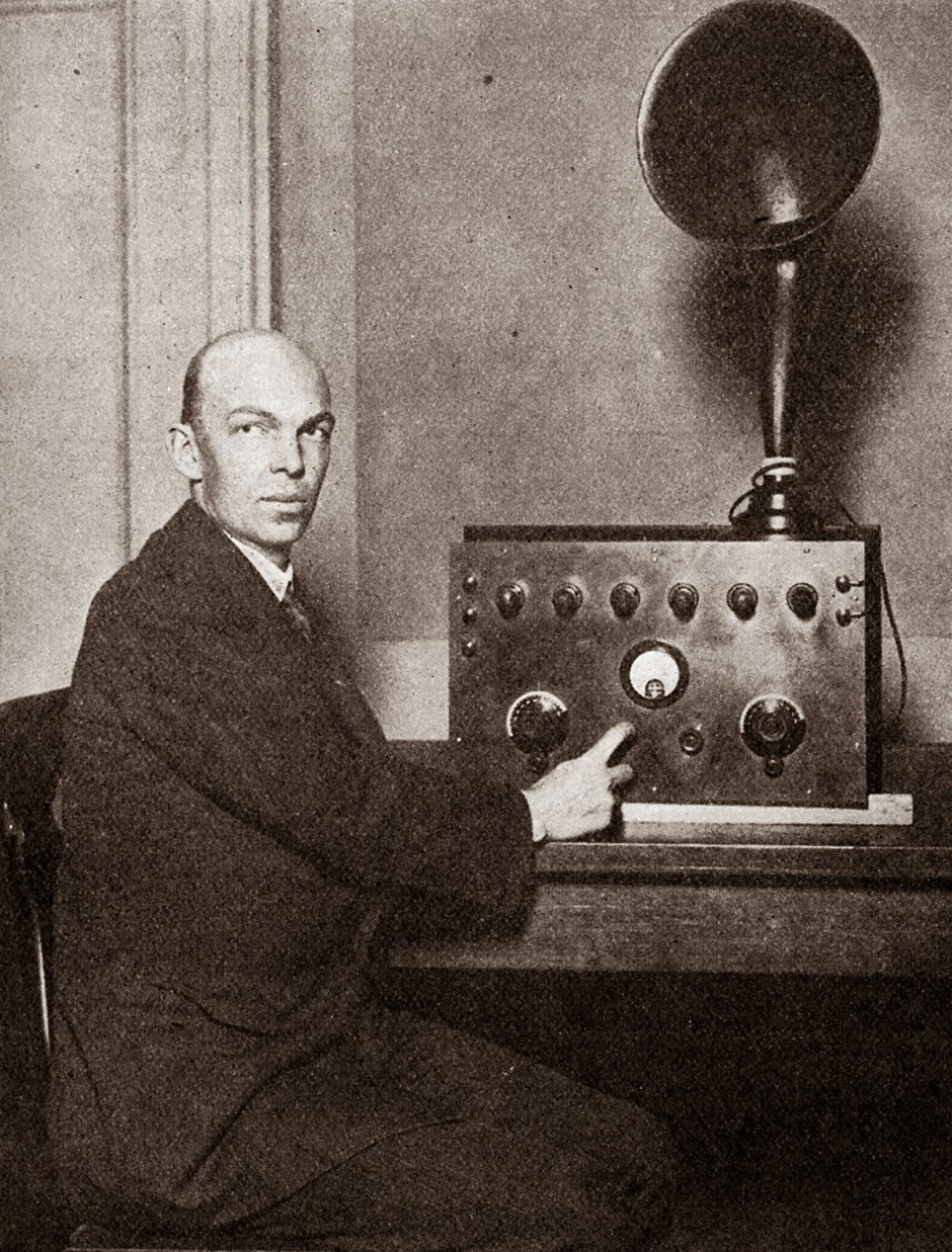Rhodri Marsden's Interesting Objects: The FM radio

Your support helps us to tell the story
From reproductive rights to climate change to Big Tech, The Independent is on the ground when the story is developing. Whether it's investigating the financials of Elon Musk's pro-Trump PAC or producing our latest documentary, 'The A Word', which shines a light on the American women fighting for reproductive rights, we know how important it is to parse out the facts from the messaging.
At such a critical moment in US history, we need reporters on the ground. Your donation allows us to keep sending journalists to speak to both sides of the story.
The Independent is trusted by Americans across the entire political spectrum. And unlike many other quality news outlets, we choose not to lock Americans out of our reporting and analysis with paywalls. We believe quality journalism should be available to everyone, paid for by those who can afford it.
Your support makes all the difference.* Seventy-five years ago this weekend, in 1939, Edwin Armstrong demonstrated the first long-distance broadcast of his greatest invention: FM radio. The 60-minute programme, relayed from Yonkers to Mount Washington, went without a hitch – and, according to the Boston Sunday Post, "without picking up the slightest trace of noise or static of any kind".
* Armstrong had patented FM back in December 1933, but had relied largely on the powerful president of RCA, David Sarnoff (aka 'The General') to fund its development. Working in a basement laboratory and broadcasting test signals from the Empire State Building, Armstrong developed a system which, in 1937, was granted the 42-50Mhz spectrum by the Federal Communications Commission (FCC). The long-distance broadcasts in January 1940 ushered in a small FM boom; by 1941 there were 50 stations and half a million sets capable of receiving signals.
* However, Sarnoff, noting the impact FM was making on RCA's stake in AM radio and television, was now determined to sabotage it. He lobbied the FCC to move FM radio broadcasts to the 88-108Mhz band, freeing up 42-50Mhz for television; when this happened in June 1945, 500,000 radios were immediately rendered incapable of receiving FM broadcasts. Armstrong's fury was compounded by RCA continuing to use his FM technology but failing to pay any royalties.
* Video really did kill the radio star. FM stations shut down, consumers turned to TV, and Armstrong's failure to win legal battles with RCA drove him to depression. On 31 January, 1954, he took his own life; shortly afterwards, RCA announced record profits. His widow eventually won $10m in damages, but Armstrong remains the greatest engineer you've never heard of; one or more of his inventions can still be found in every TV or radio sold today.
@rhodri
Join our commenting forum
Join thought-provoking conversations, follow other Independent readers and see their replies
Comments